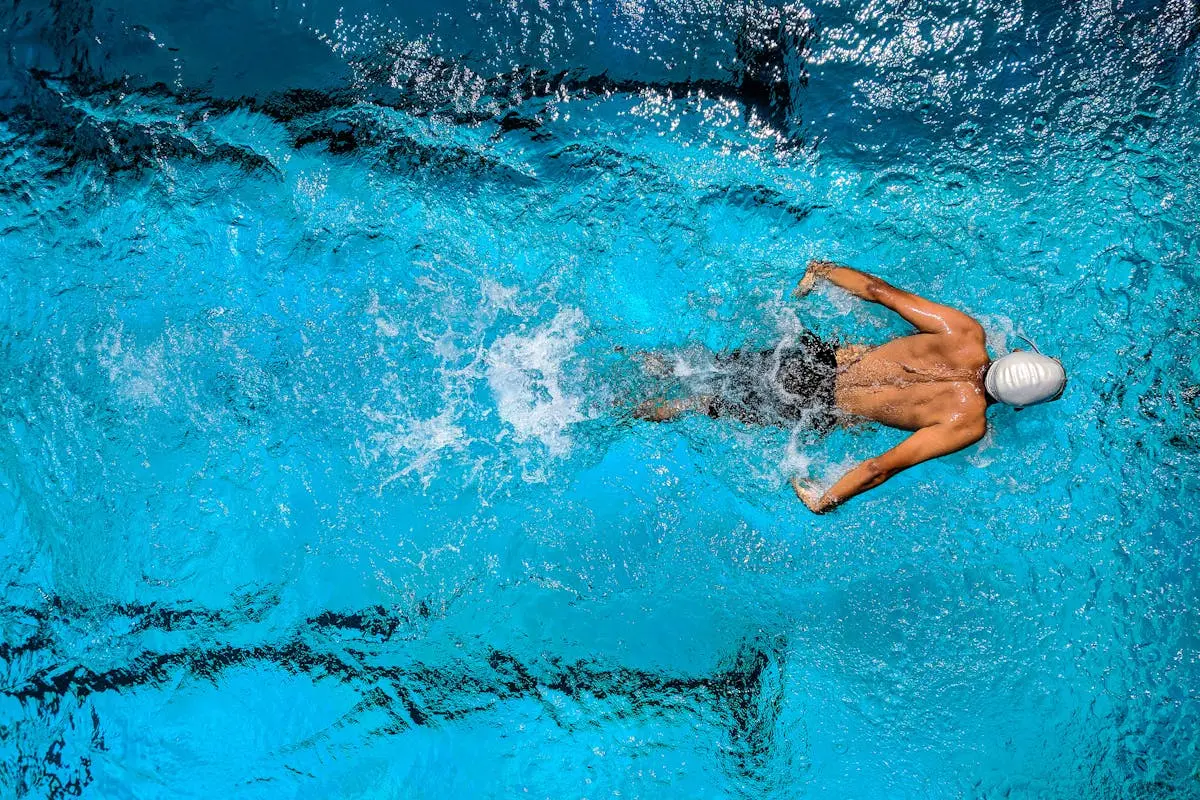Is Dry Needling Safe for Athletic Recovery?
Athletes are always on the lookout for effective recovery strategies to enhance their performance and stay in peak condition. Dry needling has emerged as a popular option, but many are left wondering about its safety and effectiveness. In this FAQ, we will delve into the details to help you make an informed decision.
What is Dry Needling?
Dry needling involves the insertion of thin needles into specific muscle trigger points to alleviate pain and promote healing. Although it might sound similar to acupuncture, it is based on Western medicine principles.
This technique is designed to target the myofascial trigger points, essentially known as ‘knots’ in the muscle tissue. These areas can cause pain and discomfort due to the tight bands forming within the muscle. By inserting needles, dry needling aims to release these tensions, providing relief and encouraging muscle recovery.
How Does Dry Needling Work?
The practice targets myofascial trigger points, aiming to release muscle tension and improve flexibility. This can lead to quicker recovery times and enhanced athletic performance.
Dry needling stimulates the underlying myofascial structures. This process causes a ‘twitch’ response that helps reset the muscle’s electrical activity, thereby reducing local pain and increasing blood flow to the area. This enhanced circulation subsequently brings vital nutrients to the muscles, facilitating their recovery.
Many practitioners argue that dry needling works by altering the way in which the central nervous system processes pain. By disrupting the regular nerve signaling at the trigger points, the technique can help diminish chronic pain over time. This not only aids in muscle recovery but also contributes to mental clarity, allowing athletes to focus better on their training.
What Are the Benefits for Athletes?
Athletes may experience reduced muscle pain, improved range of motion, and faster recovery times, making it easier to maintain an optimal training regimen.
With quicker rehabilitation, athletes can maintain peak physical condition and extend their competitive careers. The boost in flexibility and alleviation of muscle tightness facilitate not just recovery but improved performance during athletic activities.
Incorporating dry needling into an athlete’s routine may reduce reliance on medications for pain management. This is crucial for maintaining focus and physical wellness during critical training periods.
Are There Any Risks Involved?
While generally safe, there are some risks such as soreness, bruising, and, in rare cases, infection or nerve damage. It is crucial to have a skilled practitioner to minimize these risks.
Most of the potential side effects are mild and temporary, often resembling those felt after vigorous exercise. However, athletes should remain informed about the rare but serious complications, and ensure that sterile techniques are used by their practitioners.
Ensuring that dry needling is performed by a qualified professional minimizes these risks. This also ensures that the treatment is customized to suit an athlete’s specific needs, thereby optimizing the benefits.
Who Should Perform Dry Needling?
Always seek a certified professional, such as a physiotherapist or qualified medical practitioner, to ensure safe and effective treatment.
Practitioners with extensive training in dry needling, who are familiar with anatomy and pain science, should be your go-to experts. Their expertise notably reduces the chance of adverse events, making the experience both safe and reliable.
Those seeking treatment should consult professionals with certification from recognized institutions. This ensures adherence to regulated practice standards, maximizing safety for the patient.
Is Dry Needling Suitable for All Athletes?
Not all athletes may find this technique beneficial. It is essential to consult with a healthcare provider to determine if dry needling is appropriate for your specific condition and goals.
Factors such as the type of sport, the athlete’s overall health, and their specific injuries or pain points greatly determine the suitability of dry needling. A personalized assessment helps in making an informed choice.
For those with phobias or skepticism regarding needles, it’s important to thoroughly discuss concerns with the practitioner. Alternatives or modifications to the treatment plan might be available to accommodate such preferences.
Conclusion: Is Dry Needling a Safe Choice?
Dry needling can be a safe and effective part of an athlete’s recovery routine when performed by a qualified professional. Understanding its benefits and being aware of any potential risks can help athletes incorporate this therapy with confidence. Furthermore, consulting a certified practitioner ensures that the process is tailored to your individual needs, enhancing safety and effectiveness.








